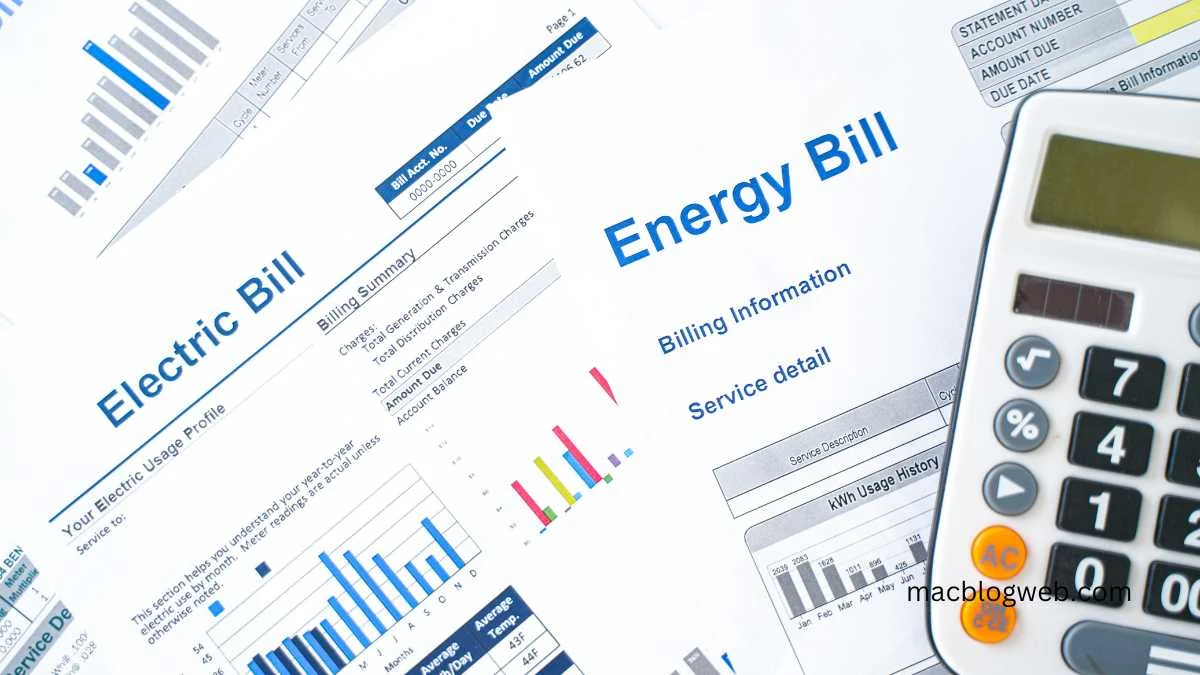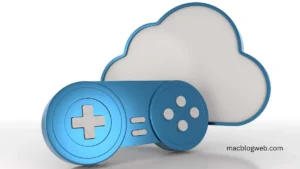Understanding Your Electricity Bill
Electricity bills can often be confusing, filled with charges and terms that are only sometimes clear. Learning how to read electricity facts label is essential for grasping the basic elements of your electricity bill. This knowledge empowers you to make more informed decisions about energy use and expenses, saving you significant money over time. Your electricity bill reflects your consumption patterns and provides insight into energy efficiency. Understanding these elements can help you identify opportunities to reduce usage and lower costs. By deciphering your bill, you can pinpoint where most of your energy dollars are going and figure out ways to save. For example, understanding peak vs. off-peak rates can help you shift your energy-intensive activities to cheaper times of the day. This simple adjustment can contribute to substantial savings while promoting energy efficiency.
Critical Components of an Electricity Bill
Every electricity bill contains several key components that provide a detailed breakdown of your charges. These typically include:
- Account Information: This section includes your details, name, account number, and the billing period. Verifying this information is correct is essential to avoid administrative issues.
- Meter Readings: Meter readings are crucial for understanding your electricity consumption. This section shows your current and previous meter readings, allowing you to calculate the total energy used during the billing period.
- Usage Summary: The usage summary breaks down your energy consumption, measured in kilowatt-hours (kWh). This helps you understand how much energy you used and how it compares to previous months or the same time last year.
- Charges: This section provides a detailed breakdown of the costs and fees you are billed for. Understanding this section helps you identify any unusual charges or fees that need clarification.
For instance, verifying your meter readings can help ensure you’re only charged for the electricity you consume. Discrepancies in this section could mean you’re overpaying for your energy usage. Understanding the usage summary can also highlight trends in your energy consumption, helping you make informed decisions on reducing unnecessary usage.
Common charges
Electricity bills often comprise various charges, some of which may be unfamiliar. Understanding these charges can help demystify your bill. The most common ones include:
- Supply Charges: The cost of the actual electricity you used. This is often calculated based on a rate per kilowatt-hour (kWh) and can vary depending on your energy provider and plan.
- Delivery Charges: These are the costs of delivering electricity to your home. This includes maintaining power lines and other infrastructure necessary to ensure a reliable electricity supply.
- Taxes and Government Fees: Various taxes and fees mandated by local, state, or federal governments. These can include environmental fees, regulatory fees, and sales taxes.
Supply charges often make up the bulk of your electricity bill, mainly if you use a lot of energy during peak times. On the other hand, delivery charges are essential for upkeep of the electricity grid and infrastructure, ensuring that electricity reaches your home safely and reliably. Taxes and government fees are typically non-negotiable, but understanding them can still help you grasp the full scope of your bill. Awareness of these fees can also help you ask the right questions when discussing your bill with your energy provider.
How to Read an Electricity Facts Label
Electricity Facts Labels (EFL) provide crucial information about your energy plan, including rates, contract terms, and any additional charges. By understanding how to read these labels, you can better compare energy plans and choose the one that best suits your needs. According to the U.S. Department of Energy, being informed about your plan can lead to more intelligent energy consumption.
The EFL typically includes several essential sections:
- Pricing Information: Details about the cost per kilowatt-hour (kWh) and any variable or fixed rates. Understanding whether your plan has variable rates, which can change based on market conditions, or fixed rates, which stay constant, is crucial for budgeting your electricity costs.
- Contract Terms: Duration of the contract and any early termination fees. Knowing the length of your contract and the penalties for breaking it can help you avoid unforeseen expenses and make more strategic decisions about switching plans.
- Additional Charges: Information on potential extra costs, such as monthly service fees or fees for exceeding a certain amount of usage. These charges can add up and significantly impact your overall electricity costs.
For example, understanding the pricing information on your EFL can help you avoid plans with hidden fees or unfavorable terms. If your EFL indicates a high variable rate during peak times, consider an alternative plan with lower off-peak rates or a fixed-rate plan that provides more predictable billing. In addition, knowing the contract terms can save you from hefty early termination fees if you decide to switch providers or plans before the contract ends. By being mindful of these sections, you can make more informed choices and find an energy plan that aligns with your needs and budget.
Tips for Reducing Your Electricity Bill
To lower your power costs, think about purchasing energy-efficient devices with top ratings like ENERGY STAR-certified options, which have the potential to reduce up to 30%. Frequent upkeep of your HVAC system and other energy users can improve efficiency, lowering energy usage and electricity costs. Smart thermostats can improve heating and cooling efficiency by adapting to your routines and adjusting the temperature as needed—disconnecting devices when idle can decrease phantom energy usage, resulting in significant savings in the long run. Purchasing energy-efficient appliances may involve an initial cost, but the savings over time typically surpass the initial expenses. Consistent HVAC system maintenance keeps it running efficiently and prolongs its lifespan, ultimately cutting costs for potential replacements. Smart thermostats are very useful for homes with unpredictable schedules because they can change the temperature instantly according to your routine—turning off devices when not needed is an easy and efficient method to minimize unnecessary energy usage.
Understanding Your Energy Consumption
Understanding your energy consumption patterns can help you identify areas for improvement. Use online tools and resources to track and analyze your usage. Websites like Energy.gov offer valuable insights and tips. You can tell precisely where your energy money is going by keeping track of your energy consumption. Numerous utility companies provide online portals that track your energy usage in real-time, giving you a clear picture of how and when you use it. This helps you determine peak usage periods and implement methods to reduce usage. For instance, if you detect an increase in energy usage during the evening, you should check your appliance use. Easy adjustments such as utilizing energy-efficient lighting, shutting off lights when not in use, and operating large appliances during off-peak hours can have a big impact. Furthermore, many energy monitors and smart home appliances can offer thorough insights into your usage habits, assisting you in making judgments.
Frequently Asked Questions
Q: How can I check my meter readings? A: Most modern meters are digital and can be read directly by your utility company. However, you can also read your meter manually by following the instructions provided by your utility provider. This can help you verify the accuracy of your bill and ensure you’re only paying for the energy you consumed.
Q: What are peak and off-peak hours? A: These refer to times of the day when electricity demand is either at its highest (peak) or lowest (off-peak). Rates may vary accordingly. Knowing the peak and off-peak hours can help you adjust your energy usage to take advantage of lower rates, ultimately saving you money on your electricity bill. For example, running your dishwasher or washing machine late at night during off-peak hours could reduce energy costs.
Conclusion and Additional Resources
Understanding your electricity bill and the associated labels can significantly impact how you manage your energy consumption and expenses. Explore resources such as the U.S. Department of Energy’s website for more detailed information. Making minor adjustments in your daily habits can lead to considerable savings over time. Being informed about your electricity usage and bill details can empower you to take control of your energy expenses. By making intelligent choices about your energy consumption and being proactive in understanding your bill, you can achieve financial savings and contribute to a more sustainable future. For more tips and resources, continue to educate yourself through reputable sources that offer insights and advice on energy efficiency and consumption management.








